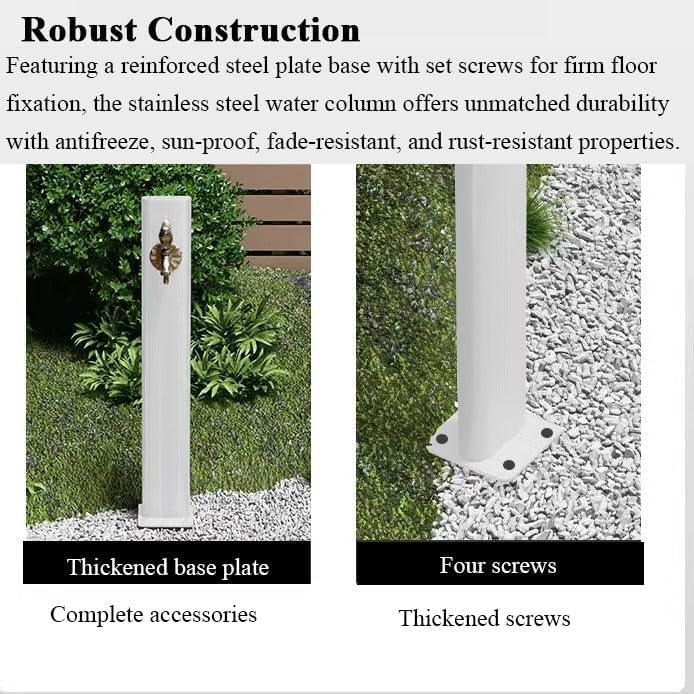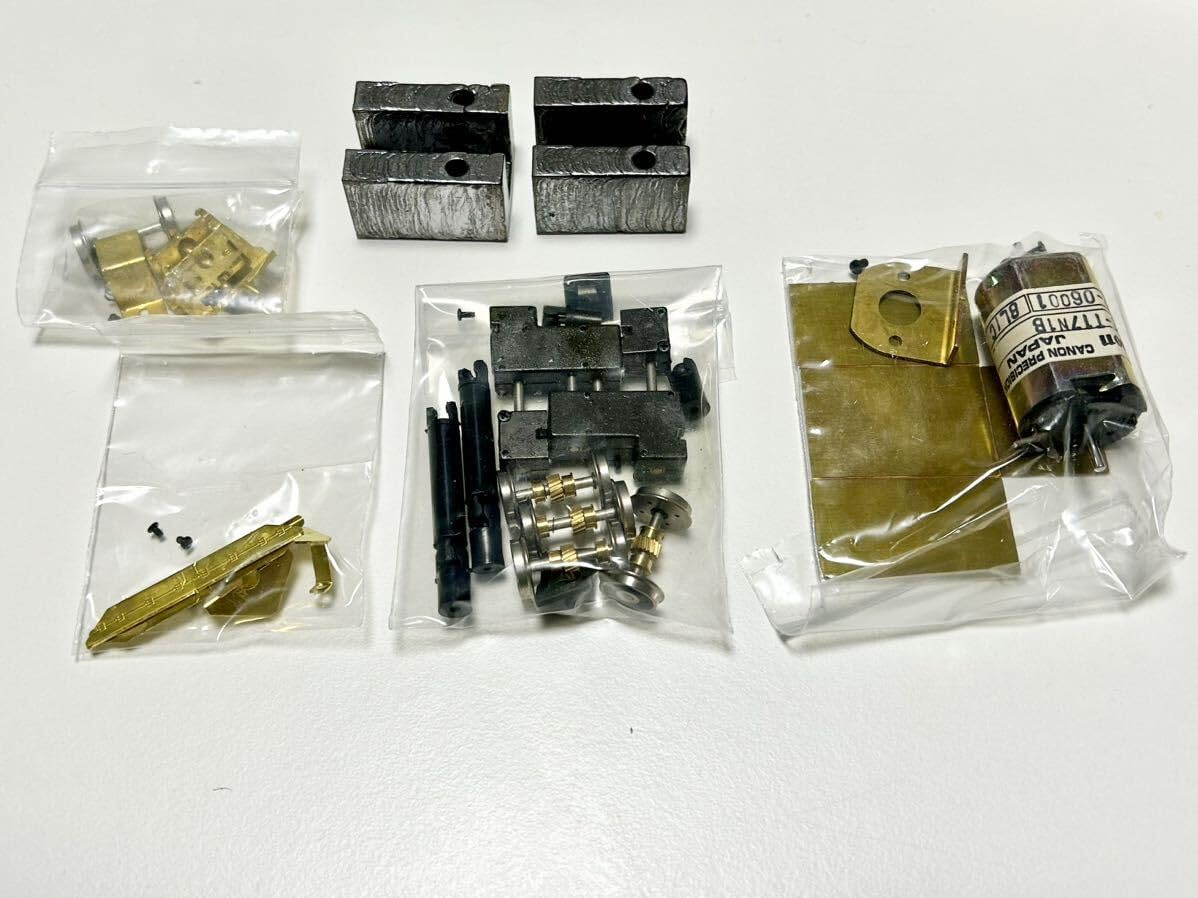![YUZDNM アウトドア 水柱 庭 水タップ ステンレススチール 霜防止 黒 水道 水タップ コンセント 水道水除去ポイント (H9 YUZDNM アウトドア 水柱 庭 水タップ ステンレススチール 霜防止 黒 水道 水タップ コンセント 水道水除去ポイント (H9 楽天市場】[デミポットセット] UNISON 不凍水栓柱 アンフリーズ+陶芸ポット デミ ユニソン 立水栓 anfreeze ホース用蛇口 吐水口 水抜き 凍結防止 不 ...](https://m.media-amazon.com/images/I/41e8WyfjEKL._AC_SL1500_.jpg)
マイストア
変更
お店で受け取る
(送料無料)
配送する
納期目安:
06月15日頃のお届け予定です。
決済方法が、クレジット、代金引換の場合に限ります。その他の決済方法の場合はこちらをご確認ください。
※土・日・祝日の注文の場合や在庫状況によって、商品のお届けにお時間をいただく場合がございます。
YUZDNM アウトドア 水柱 庭 水タップ ステンレススチール 霜防止 黒 水道 水タップ コンセント 水道水除去ポイント (H9の詳細情報
●【特徴:
1.
当社の水柱本体は頑丈なステンレススチール製です。
2.
インナーチューブには断熱綿が入っており、高温耐性、耐寒性、耐霜性、耐霜性があります。
3.
中庭、公園、庭、農場、産業、学校、屋外など、いつでも簡単に水源に接続できます。
●機能:
○
当社の水柱には、サイド給水口と下部給水口の2つの給水口があります。
○
当社のタップはさまざまなデザインでご利用いただけます。
ダブルタップ、ロック可能なタップ、スプレーガンタップなど。
○タップはステンレス製で、丈夫で錆びません。
○装飾カバー:円形または正方形の装飾カバーは、ドリルベースを完全にカバーできます。
●
基本情報:
静水圧ヘッド材質:ステンレススチール。
蛇口材質:ステンレス
2つの給水口:サイド給水口と下部給水口。
○
色:黒
○
2
製品サイズ:
60x6cm、95x6cm。
包装リスト:
タップ付き水柱。
インナーチューブは断熱コットン。
装飾ベース。
その他の必要なアクセサリー
ブランド
YUZDNM
色
スクエアコラムウィットデュアル蛇口。
モデル名
YJD95586299
個数
1
商品の重量
8000
グラム
【ブラックステンレススチールコラム】当社の水柱は304ステンレススチールと内蔵のステンレススチールインナーチューブで作られています。
304ステンレス素材は高強度で耐熱性のある素材です。
インナーチューブには断熱綿を使用しており、高温耐性、耐寒性、耐霜性があります。
【ステンレス製タップ】タップは丈夫で錆びにくいステンレス製です。
水やり、洗車、ペットのシャワーなどに。
【二重水入口方式】当社の水柱には2つの水入口、すなわち側水入口と下部給水口があります。
どのような水入口方法が必要であっても、当社の水柱を使用することができます。
一般的なホースをパティオの噴水の柱の側面または底部に接続するだけで、水にアクセスできます。
【内容物】水柱の高さには60cmと95cmの2つのオプションがあります。
パッケージには、コラム、タップまたはスプレーガンタップ、装飾ベースカバー、必要なすべてのアクセサリーが含まれています。
【多くの機会に適しています:農場、乳製品、工業企業、園芸、学校、庭、庭、作業場、私的使用のための消火栓であるかどうかにかかわらず、黒い庭の水柱はいつでも簡単に水源に接続することができます。
ベストセラーランキングです
近くの売り場の商品
カスタマーレビュー
オススメ度 4.9点
現在、633件のレビューが投稿されています。
![YUZDNM アウトドア 水柱 庭 水タップ ステンレススチール 霜防止 黒 水道 水タップ コンセント 水道水除去ポイント (H9 YUZDNM アウトドア 水柱 庭 水タップ ステンレススチール 霜防止 黒 水道 水タップ コンセント 水道水除去ポイント (H9 楽天市場】[デミポットセット] UNISON 不凍水栓柱 アンフリーズ+陶芸ポット デミ ユニソン 立水栓 anfreeze ホース用蛇口 吐水口 水抜き 凍結防止 不 ...](https://m.media-amazon.com/images/I/71Hqf8jZXvL._AC_SL1500_.jpg)
![YUZDNM アウトドア 水柱 庭 水タップ ステンレススチール 霜防止 黒 水道 水タップ コンセント 水道水除去ポイント (H9 YUZDNM アウトドア 水柱 庭 水タップ ステンレススチール 霜防止 黒 水道 水タップ コンセント 水道水除去ポイント (H9 楽天市場】[デミポットセット] UNISON 不凍水栓柱 アンフリーズ+陶芸ポット デミ ユニソン 立水栓 anfreeze ホース用蛇口 吐水口 水抜き 凍結防止 不 ...](https://d1d7kfcb5oumx0.cloudfront.net/articles/images/609a876757c40077c9afa18a/slide_redmi_9t___.jpg)
![YUZDNM アウトドア 水柱 庭 水タップ ステンレススチール 霜防止 黒 水道 水タップ コンセント 水道水除去ポイント (H9 YUZDNM アウトドア 水柱 庭 水タップ ステンレススチール 霜防止 黒 水道 水タップ コンセント 水道水除去ポイント (H9 楽天市場】[デミポットセット] UNISON 不凍水栓柱 アンフリーズ+陶芸ポット デミ ユニソン 立水栓 anfreeze ホース用蛇口 吐水口 水抜き 凍結防止 不 ...](https://www2.panasonic.biz/jp/densetsu/haikan/dpole/img/sld02.png)




![YUZDNM アウトドア 水柱 庭 水タップ ステンレススチール 霜防止 黒 水道 水タップ コンセント 水道水除去ポイント (H9 YUZDNM アウトドア 水柱 庭 水タップ ステンレススチール 霜防止 黒 水道 水タップ コンセント 水道水除去ポイント (H9 楽天市場】[デミポットセット] UNISON 不凍水栓柱 アンフリーズ+陶芸ポット デミ ユニソン 立水栓 anfreeze ホース用蛇口 吐水口 水抜き 凍結防止 不 ...](https://daiyu8.itembox.design/product/834/000000183432/000000183432-01-l.jpg?t=20251115125519)
![YUZDNM アウトドア 水柱 庭 水タップ ステンレススチール 霜防止 黒 水道 水タップ コンセント 水道水除去ポイント (H9 YUZDNM アウトドア 水柱 庭 水タップ ステンレススチール 霜防止 黒 水道 水タップ コンセント 水道水除去ポイント (H9 楽天市場】[デミポットセット] UNISON 不凍水栓柱 アンフリーズ+陶芸ポット デミ ユニソン 立水栓 anfreeze ホース用蛇口 吐水口 水抜き 凍結防止 不 ...](https://greenstage.co.jp/wp-content/uploads/2023/07/suisen2-1-1.png)














